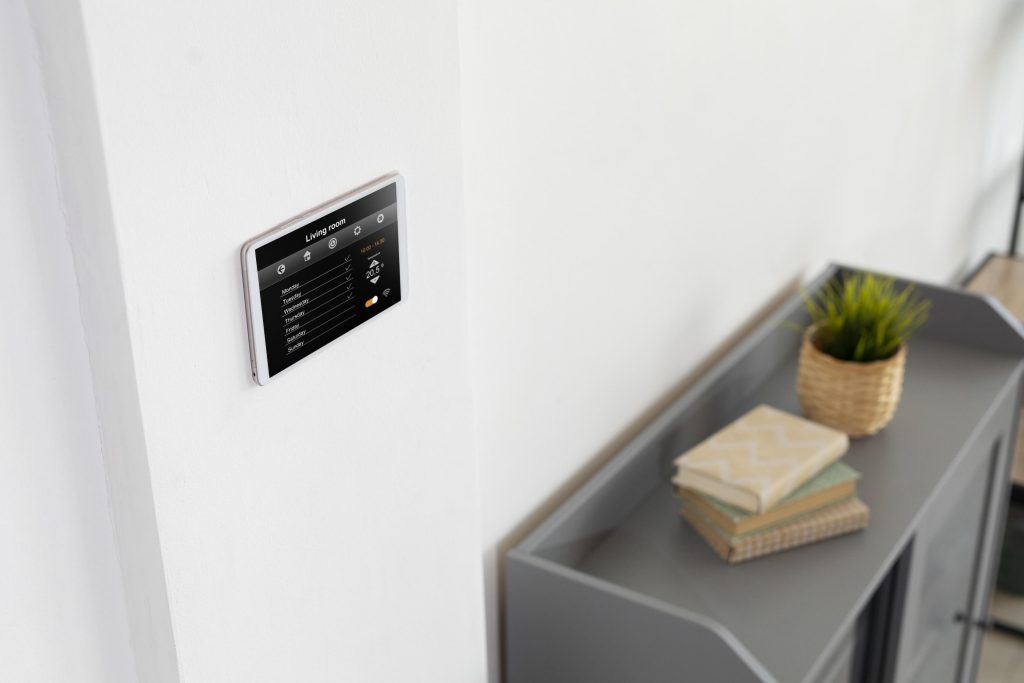By allowing you to cut back on heating costs while you are away from home, your programmable thermostat is a proven energy saver. Despite this, they will not start saving you money until you use your thermostat correctly.
Research suggests that more than 60% of UK homes are making at least one basic error with their thermostat, which could be costing them money each year. Are you part of that percentage? Check out our list of common household errors, which could slowly rack up the pounds on your annual bills:
Despite 52% of people admitting to doing this, it is entirely unnecessary because the purpose of your thermostat is to preserve the desired temperature inside your home, whatever the weather is doing outside.
Did you know that simply setting your thermostat to 22 C, not 21 C, could add £75 a year to your annual energy bill?
After a certain point, you’ll also find your home “too hot” and start opening windows, meaning the extra generated heat will be wasted, and so will your money.
This is false and the Energy Saving Trust explain why:
“These homes are heated when no-one is there to benefit and then the home is too cold when people are in the home”.
A much easier way to avoid this is to use a programmable thermostat to control the timing of your heating, not the actual temperature it generates. This way, you’re keeping warmer when you are at home, and saving money when you’re out.

According to The Telegraph, 31% of UK homes believe that their hot water will run out easily and so leave their water heater on all day to make sure the water is always hot.
Use your thermostat to set your hot water to come on roughly half an hour before you want to get up and start showering in the morning. Then you might then want it to come on again for a bit later in the day if you’re likely to be doing things such as washing up, showering and so on. By leaving it on all day, you’re simply wasting money. If you’ve heated water in the morning and your tank is well insulated that should remain warm until midday. Similarly, heating the water again around tea time should mean that you have hot water throughout the evening.
Pick the thermostat that meets your scheduling needs. Some households have a regular weekday/weekend schedule, whereas others have different schedules every day of the week. Different models of thermostats allow for different levels of control. It’s all about control, controlling your heating and controlling your costs. If you use your thermostat correctly, you should be able to do both.
If you would like any advice about which thermostatic control would be best for your home, give us a call, we’d be happy to help.